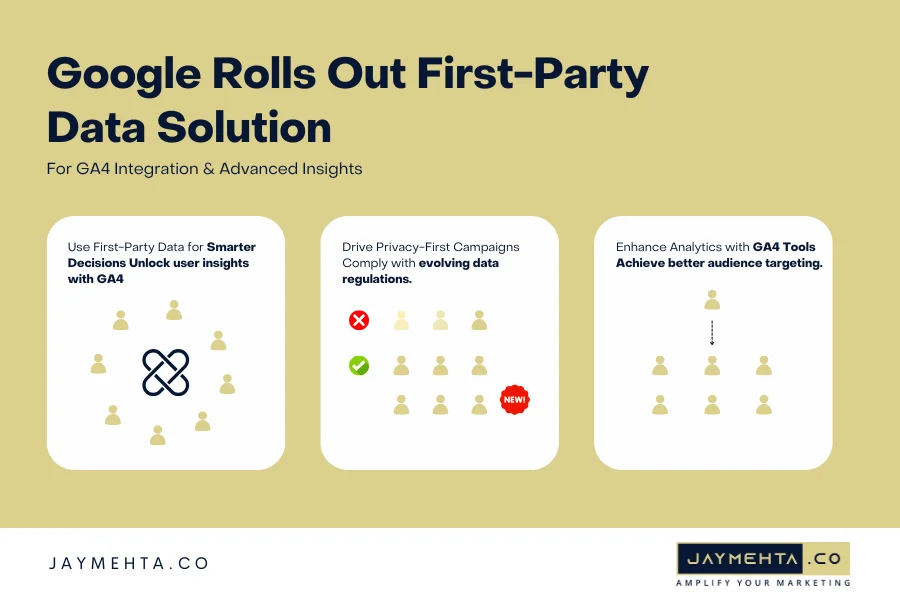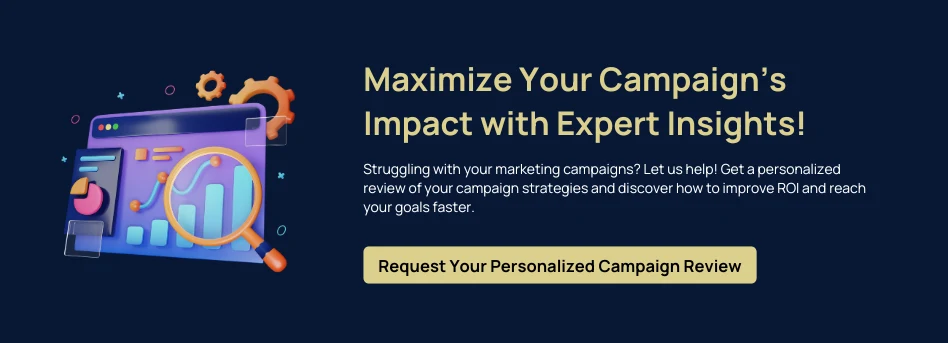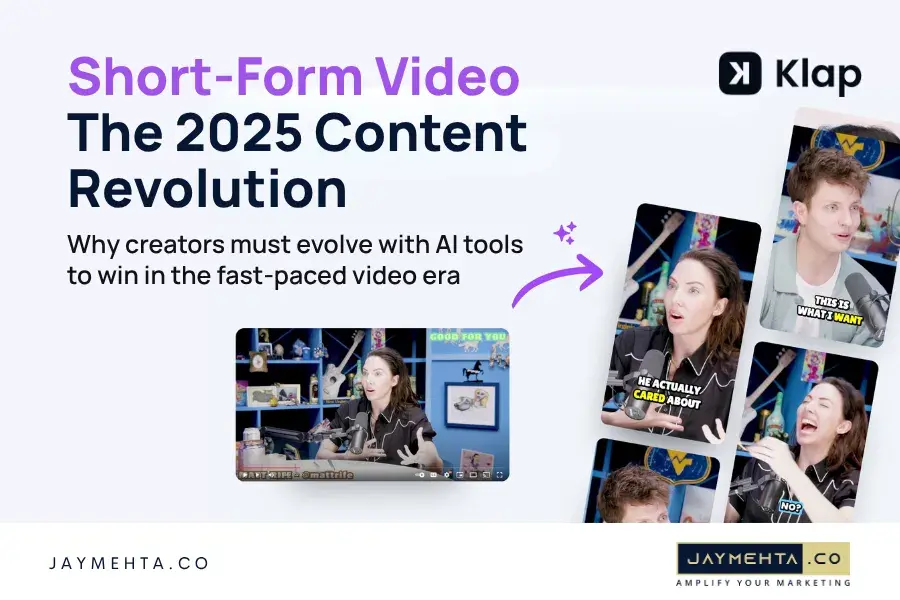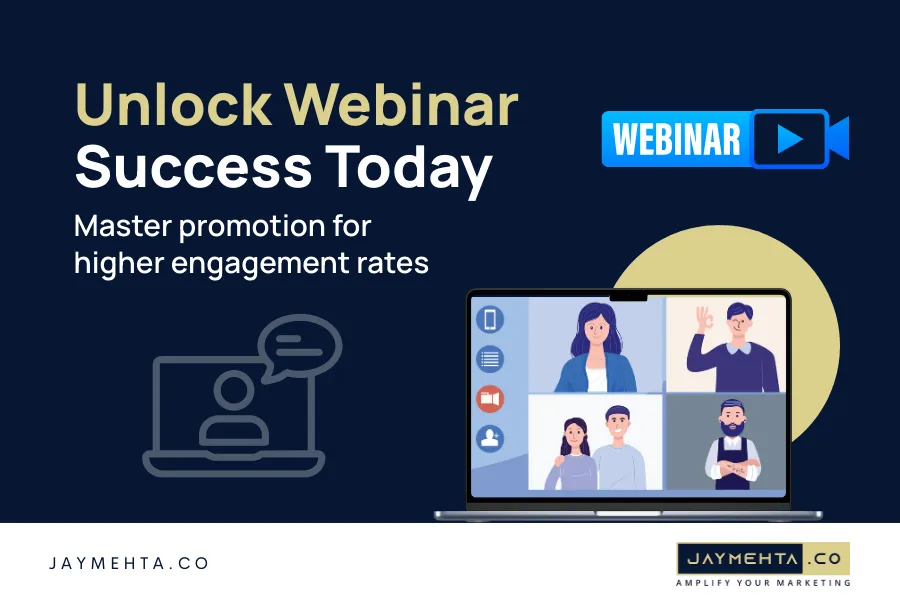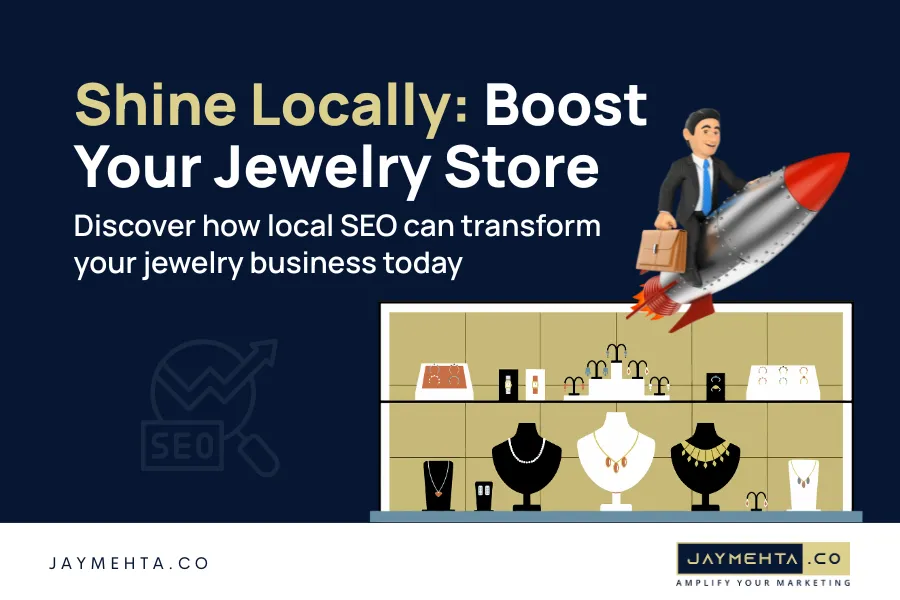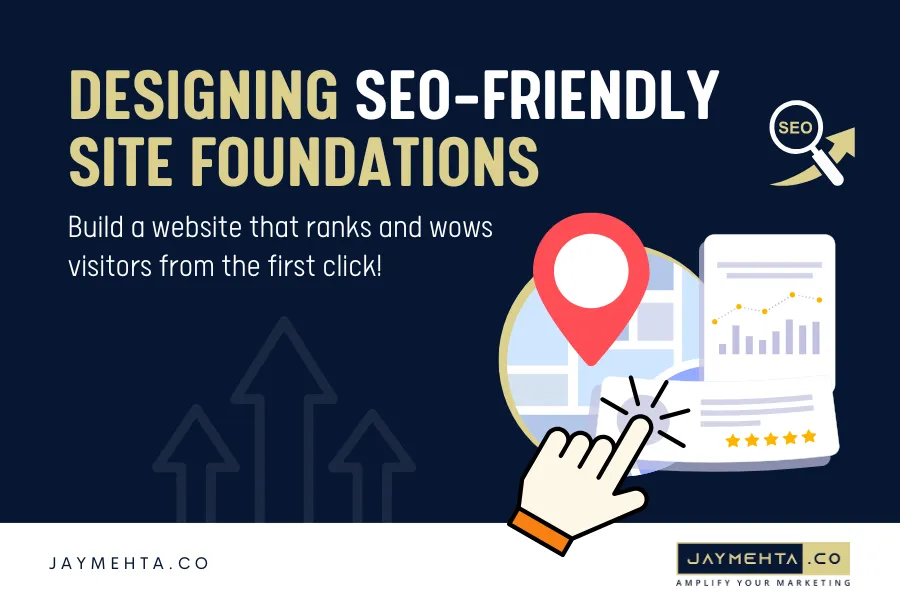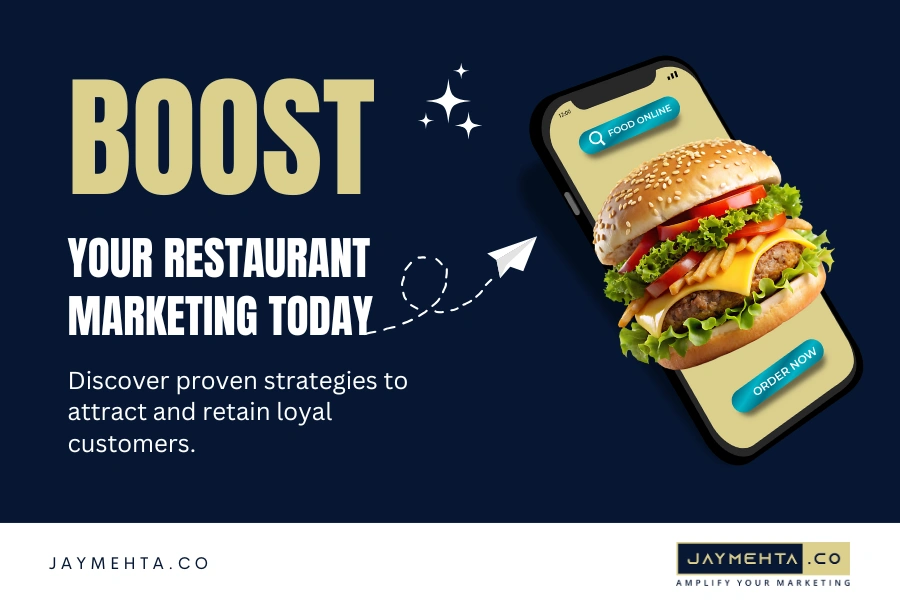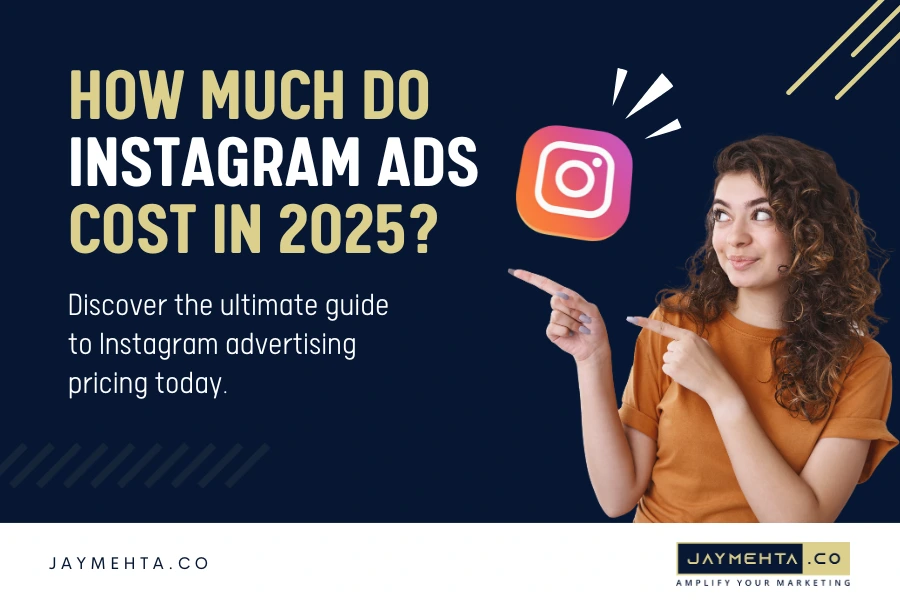The digital advertising landscape is undergoing a seismic shift as businesses adapt to increasing privacy regulations and the impending end of third-party cookies. Marketers are now tasked with finding innovative ways to target audiences without compromising user privacy. In response, Google has unveiled its First-Party Data Solution for Analytics Users, featuring the Customer Match beta tool.
This groundbreaking update allows businesses to leverage first-party data to enhance ad targeting, create more meaningful customer connections, and future-proof their strategies in a rapidly evolving ecosystem. Let’s dive into the details of this feature, explore its implementation, and uncover how it reshapes the way businesses approach analytics and digital marketing.
The Shift to First-Party Data: Why It Matters
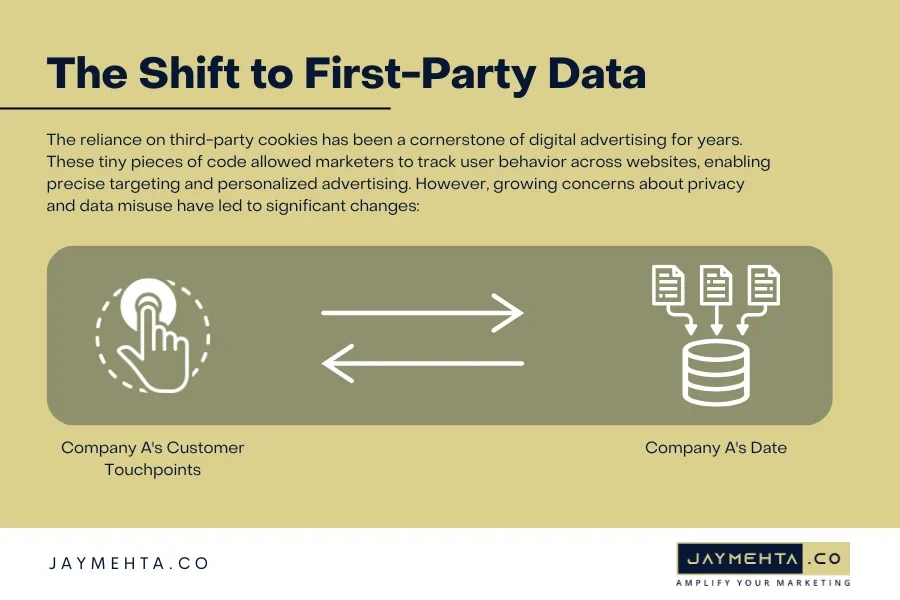
The reliance on third-party cookies has been a cornerstone of digital advertising for years. These tiny pieces of code allowed marketers to track user behavior across websites, enabling precise targeting and personalized advertising. However, growing concerns about privacy and data misuse have led to significant changes:
-
Regulatory Push
Laws like the GDPR (General Data Protection Regulation) in Europe and CCPA (California Consumer Privacy Act) in the U.S. have imposed stringent requirements on how companies collect, store, and use personal data.
-
Tech Giants’ Decisions
Browsers like Safari and Firefox have already blocked third-party cookies, with Google Chrome planning to phase them out by 2024.
-
Consumer Expectations
Today’s users demand more transparency, control, and privacy when interacting with brands online.
This shift has made first-party data—information collected directly from users through websites, apps, or customer interactions—the linchpin of modern digital strategies. Unlike third-party data, first-party data is more reliable, privacy-compliant, and tailored to specific customer journeys.
Introducing Google Analytics’ First-Party Data Solution
To help businesses navigate this transition, Google has rolled out a new feature for Google Analytics 4 (GA4): Customer Match. Currently in beta, this feature empowers advertisers to utilize first-party data to build remarketing audiences, enhance ad performance, and maintain effectiveness in a cookie-free environment.
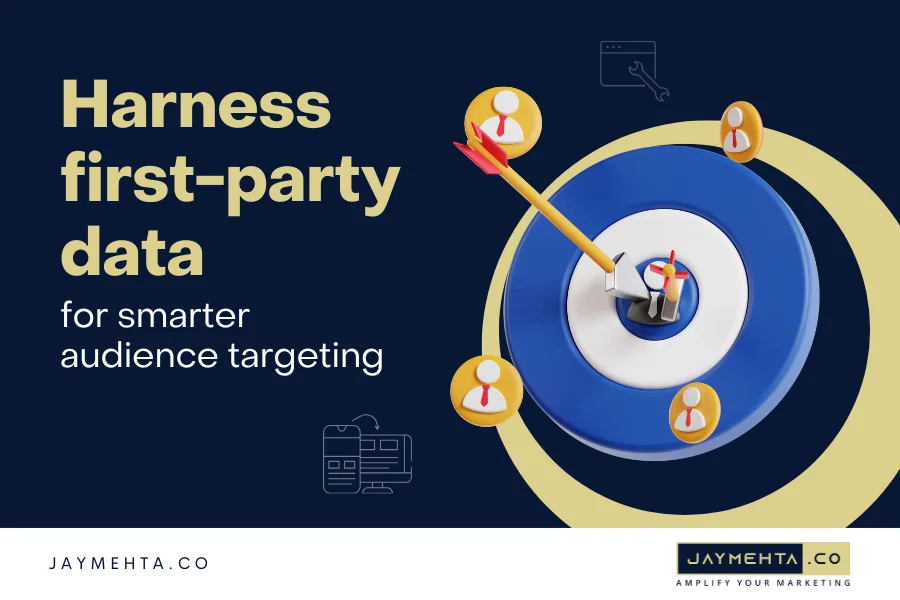
-
What Is a Customer Match?
Customer Match allows advertisers to integrate user-provided data—such as email addresses, phone numbers, and other identifiers—into their marketing strategies. These data points are hashed to maintain privacy and security while still being usable for audience targeting.
-
Key Features of Customer Match
-
Enhanced Remarketing
Businesses can reach users across Google’s platforms, including YouTube, Search, and in-feed ads, using first-party data.
-
Privacy-First Approach
The hashed format ensures that sensitive information remains protected, adhering to Google’s stringent data security standards.
-
Seamless Integration
Customer Match works automatically with Smart Bidding campaigns, making it easier for businesses to enhance their targeting capabilities without additional effort.
-
Leveraging Google Customer Match for Targeted Advertising
At Jay Mehta Digital, we understand the power of precise audience targeting. Google Customer Match offers a versatile platform to reach your ideal customers across various Google properties. Here’s how you can utilize this tool effectively:
-
Google Search Network and Shopping
Tailor your ad campaigns based on your customers’ past interactions and behaviors. This personalized approach can significantly boost conversion rates and ROI.
-
Gmail Advertising
Place your ads strategically at the top of Gmail inbox tabs. This method allows you to:
- Re-engage existing customers
- Reach out to similar audiences
- Deliver personalized content directly to potential clients
-
YouTube Targeting
Expand your reach on the world’s largest video platform:
- Target existing customers to reinforce brand loyalty
- Tap into similar audiences to acquire new customers
- Utilize customer data to create more relevant video ad campaigns
-
Display Network
The Display Network offers high-converting opportunities:
- Retarget existing customers with personalized display ads
- Reach new audiences with similar attributes to your best customers
- Create visually appealing ads that resonate with your target market
By implementing these strategies, you can enhance your digital marketing efforts and drive better results for your business. At Jay Mehta Digital, we specialize in crafting tailored advertising strategies that leverage these powerful tools to help your business grow.
How Does Customer Match Work?
Implementing Customer Match in Google Analytics requires a few straightforward steps:
-
Set Up Data Collection
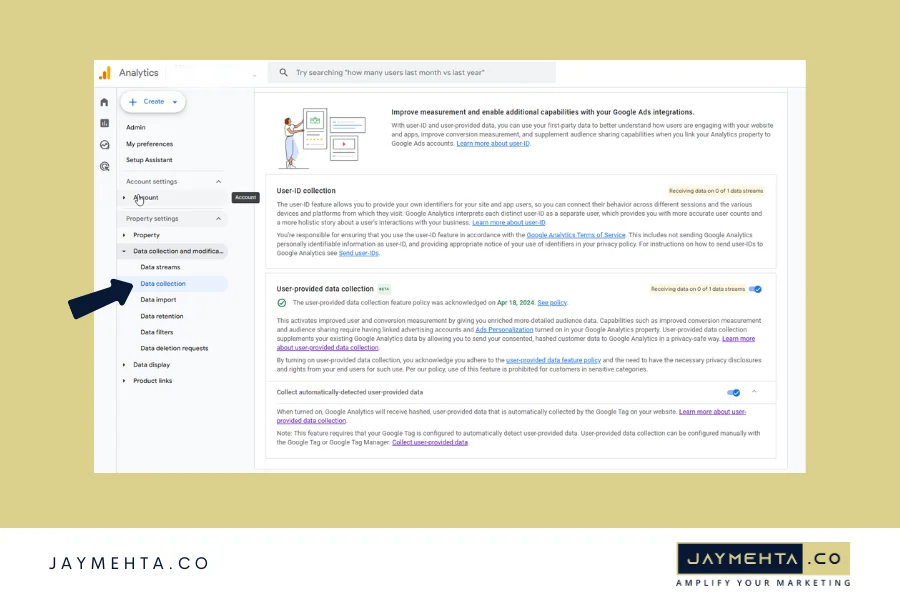
Businesses must first enable the user-provided data collection within their GA4 property. This involves creating methods for collecting user information directly from websites, apps, or other touchpoints. For example:
- Website Forms: Encourage users to sign up for newsletters, make inquiries, or complete purchases.
- App Interactions: Gather data from app logins, preferences, or in-app purchases.
-
Link Google Analytics to Advertising Products
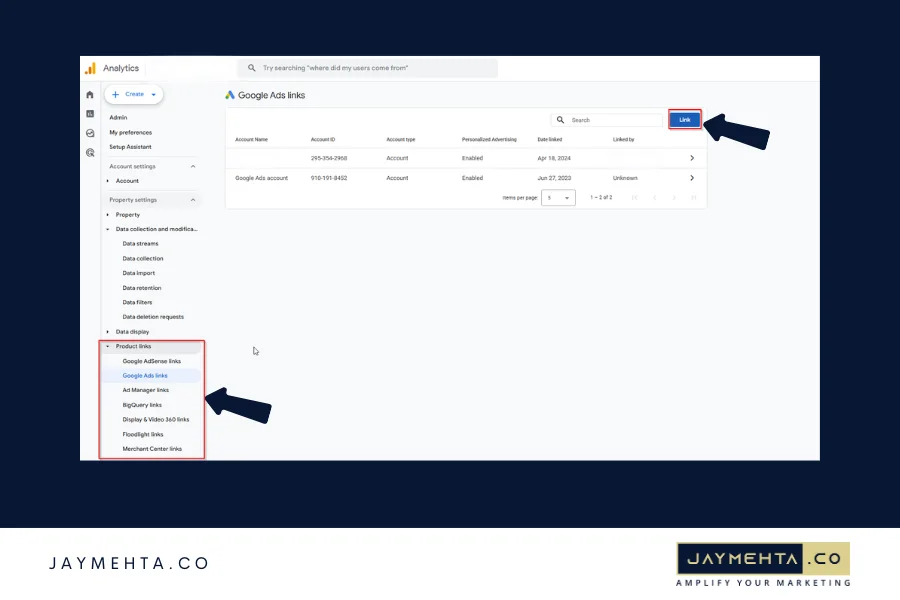
For Customer Match to work effectively, GA4 needs to be linked with Google Ads and other advertising platforms. This ensures that the first-party data collected can be utilized across campaigns.
-
Enable Personalized Advertising
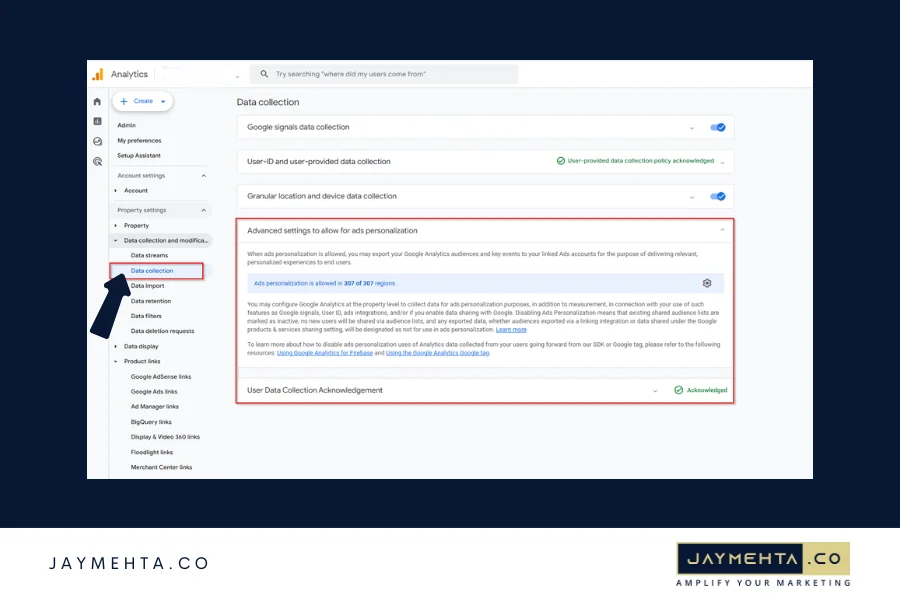
Advertisers must turn on personalized advertising settings to make their campaigns more relevant. These settings allow Google to integrate first-party data into targeting and optimization.
Once set up, Customer Match integrates seamlessly into existing campaigns, automatically incorporating first-party data into Smart Bidding strategies and audience targeting.
How Is This Different from Google Ads’ Customer Match?
Google Analytics’ Customer Match isn’t entirely new—Google Ads has offered a similar feature for years. However, the Analytics version introduces a more streamlined approach to audience management.
Here’s how they differ:
-
Automation
Unlike Google Ads, which requires advertisers to manually upload CSV files of customer data, the Analytics version automatically supplements existing audiences with first-party data.
-
Scalability
The integration with Google Analytics makes it easier for businesses to scale their audience strategies across multiple campaigns.
-
Simplified Workflow
By linking GA4 with advertising accounts, advertisers can save time and effort, focusing on campaign optimization instead of data uploads.
The Benefits of Google’s First-Party Data Solution
Google’s First-Party Data Solution offers a host of advantages for businesses looking to adapt to the cookieless future.
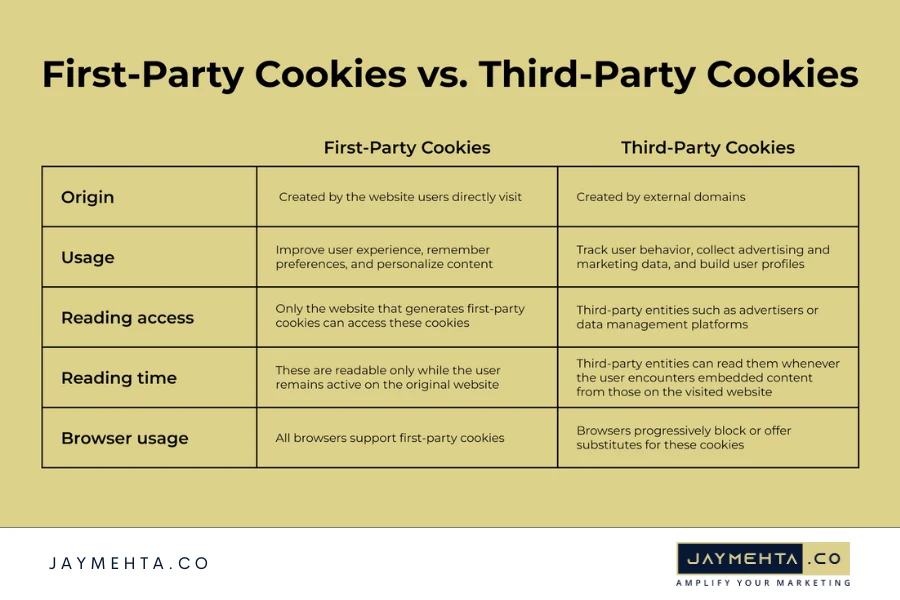
-
Improved Message Delivery
Google Customer Match ensures your ads and messages reach your audience directly, bypassing email inboxes entirely. This means:
-
No risk of landing in spam folders
-
Avoiding automatic deletion
-
Guaranteed visibility for subscribers on your email list
-
-
Multi-Platform Visibility
Your advertising gains exposure across various Google properties, including:
-
Google Search
-
YouTube
-
Google Shopping
- Gmail
This multi-platform approach ensures your message reaches your audience wherever they interact with Google services.
-
-
Expanded Audience Reach
Google Customer Match’s diverse platform integration offers:
-
Access to a broader audience base
-
Opportunities to acquire new customers
-
Increased visibility across different online environments
-
-
Enhanced Audience Targeting
By using first-party data, businesses can build more accurate and reliable audience segments, leading to highly targeted campaigns. This ensures that ads reach users who are genuinely interested in the products or services being offered.
-
Privacy Compliance
With regulations like GDPR and CCPA reshaping the data landscape, relying on first-party data ensures compliance while maintaining user trust. Google’s hashed format further protects sensitive information.
-
Future-Proof Strategies
As third-party cookies become obsolete, first-party data will be critical for businesses aiming to stay competitive. Google’s solution provides the tools needed to navigate this transition seamlessly.
-
Stronger Customer Relationships
By leveraging data directly provided by customers, businesses can create personalized experiences that foster trust and loyalty.
Navigating a Cookieless Future with First-Party Data
The digital advertising industry is in the midst of a transformation, and Google’s First-Party Data Solution is a clear step forward. As marketers grapple with the challenges of a cookieless world, first-party data emerges as the cornerstone of effective and compliant strategies.
-
Why Should Businesses Embrace First-Party Data?
-
Accurate Insights: Data collected directly from users is more reliable and actionable than third-party data.
-
Increased Control: Businesses own their first-party data, giving them greater control over how it’s used.
-
Competitive Advantage: Early adopters of first-party data strategies will be better positioned to succeed in the evolving digital landscape.
-
Read also: What Are the Two Main Forms of Digital Advertising
How to Use Google Customer Match in Your Marketing Strategy
With the enhanced integration of Customer Match in GA4, businesses can now leverage first-party data more efficiently. Here are seven impactful ways to use Customer Match to boost your marketing campaigns:
-
Move Prospects Down the Sales Funnel
Customer Match enables you to segment your email lists based on buying stages and create tailored ads for each segment.
- Example: Target users who downloaded an ebook with ads promoting your case studies, encouraging them to explore deeper into your offerings.
-
Convert Mid- and Low-Funnel Prospects
Use Customer Match to address decision fatigue and overcome sales objections.
-
How-To:
- Bid on high-intent keywords to keep your brand visible.
- Create targeted ads addressing specific objections, derived from survey insights.
- Case Study: Wordstream used ads focused on simplifying software usage, boosting conversions among hesitant buyers.
-
How-To:
-
Upsell and Cross-Sell to Existing Customers
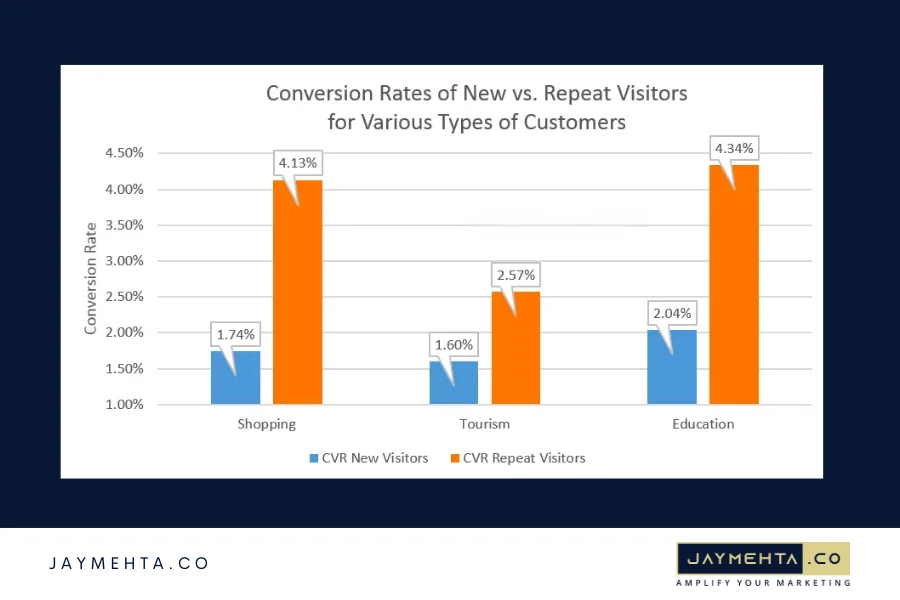
Source: Search Engine Journal
Customer Match isn’t just for prospecting; it’s a powerful tool for retaining and expanding value from existing customers.
- Tactics:
- Segment customers by purchase history and create ads for complementary products.
- Run exclusive promotions to incentivize repeat purchases.
- Tactics:
-
Improve Account-Based Marketing (ABM)
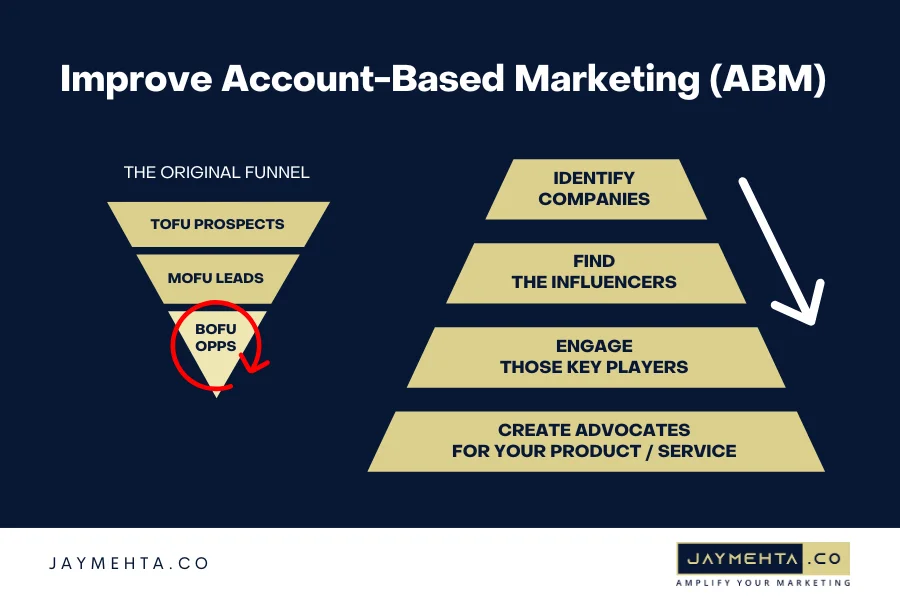
Customer Match makes ABM more precise by allowing you to target specific users within organizations using their email addresses.
- Pro Tip: Focus on high-value accounts or users based on spending patterns to maximize ROI.
-
Retarget Users Across Devices
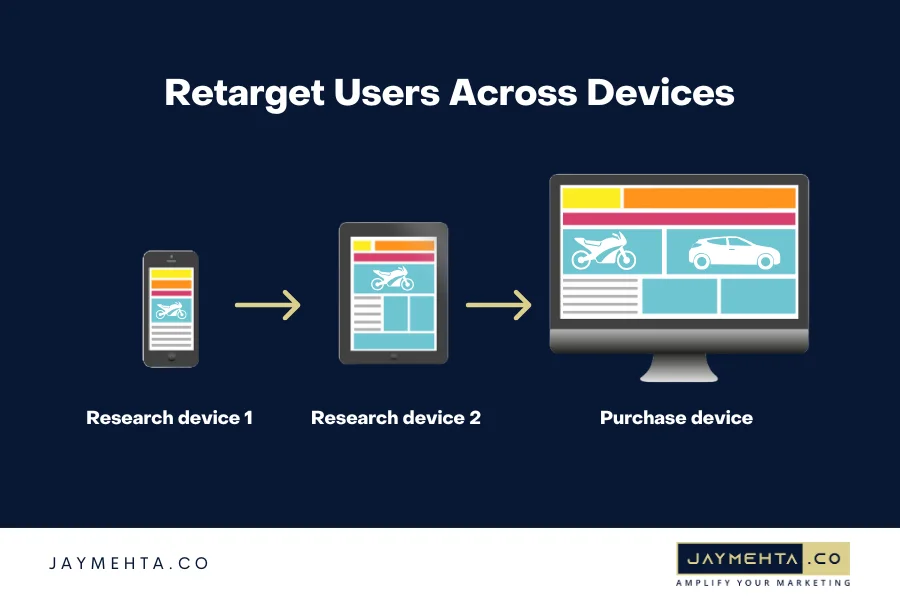
Unlike traditional remarketing, Customer Match lets you reach users across devices—mobile, tablet, or desktop—ensuring consistent messaging.
- Why It Matters: This feature increases cross-device conversions, addressing the challenge of fragmented user journeys.
-
Build Loyalty and Enhance Brand Retention
Re-engage past customers with personalized ads to boost retention.
- Example: Use Customer Match to notify customers of loyalty programs, exclusive sales, or new product launches.
-
Optimize Seasonal and Event-Based Campaigns
Leverage Customer Match for time-sensitive promotions or events by targeting segmented audiences with urgency-driven messaging.
- Key Tip: Highlight offers or exclusive access that cater to your audience’s preferences.
-
Why These Strategies Work
The advanced integration of Customer Match in GA4 amplifies these strategies by automating processes and scaling campaigns effectively. Whether you’re moving prospects through the funnel or nurturing existing customers, these approaches allow you to unlock the full potential of your first-party data.
How to build a Customer Match list in GA4
Google Analytics 4 (GA4) allows you to create a Customer Match list by integrating first-party data, enabling more targeted and personalized ad campaigns.
-
Navigate to the Admin Section in GA4
-
Open your GA4 property.
-
Click on Admin in the left-hand menu.
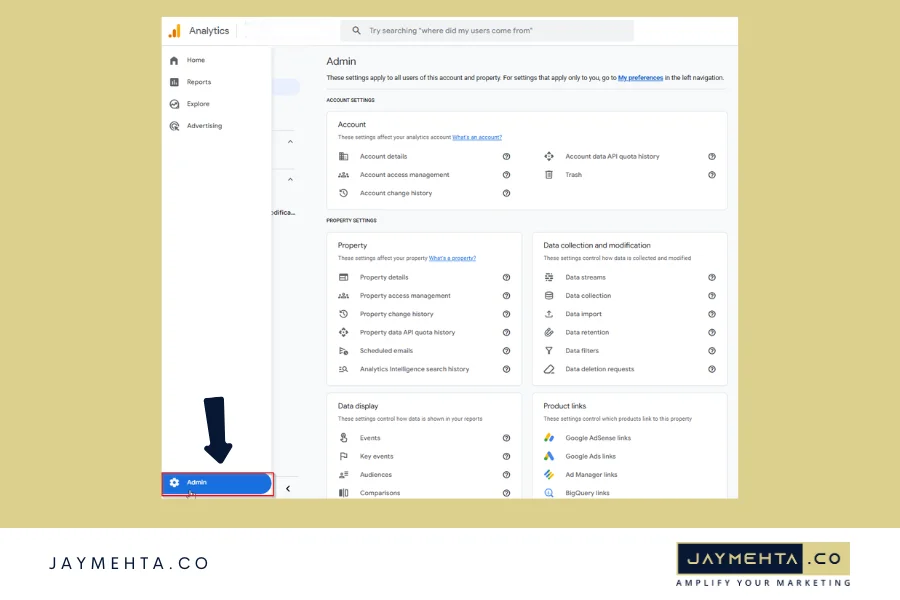
-
In the Property Settings, select Audiences.
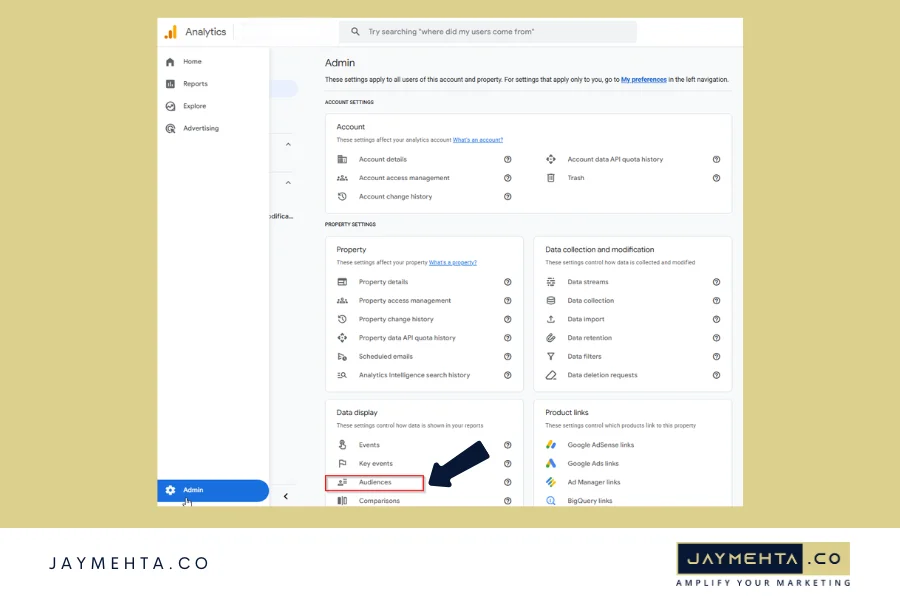
-
-
Create a New Audience
-
In the Audiences section, click New Audience.
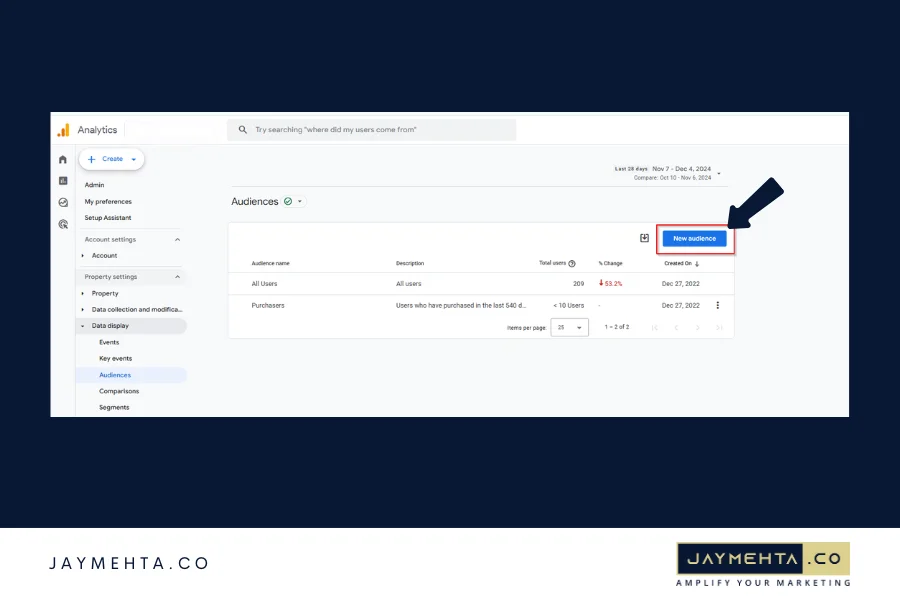
-
Choose to build a custom audience.
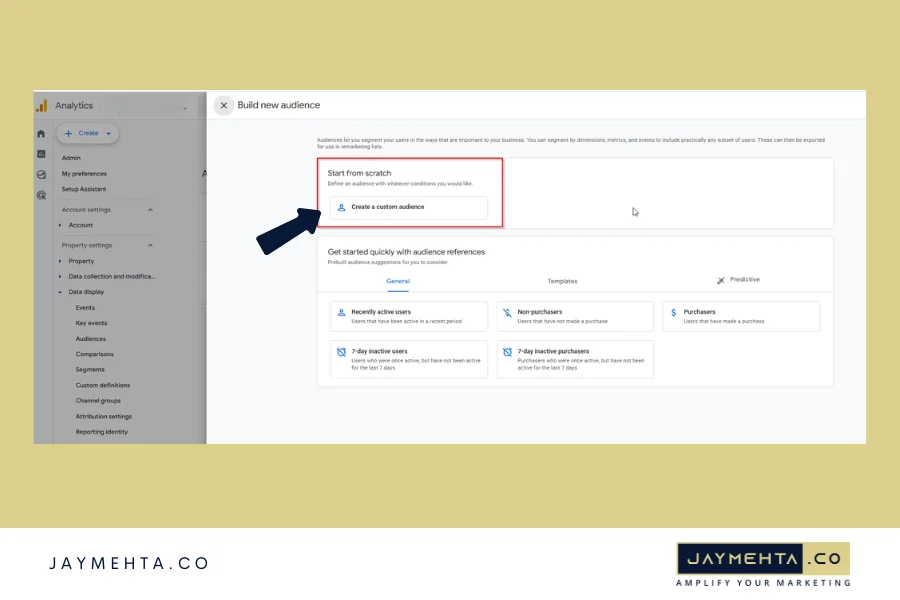
-
-
Define Audience Criteria
-
Add conditions based on your campaign needs.
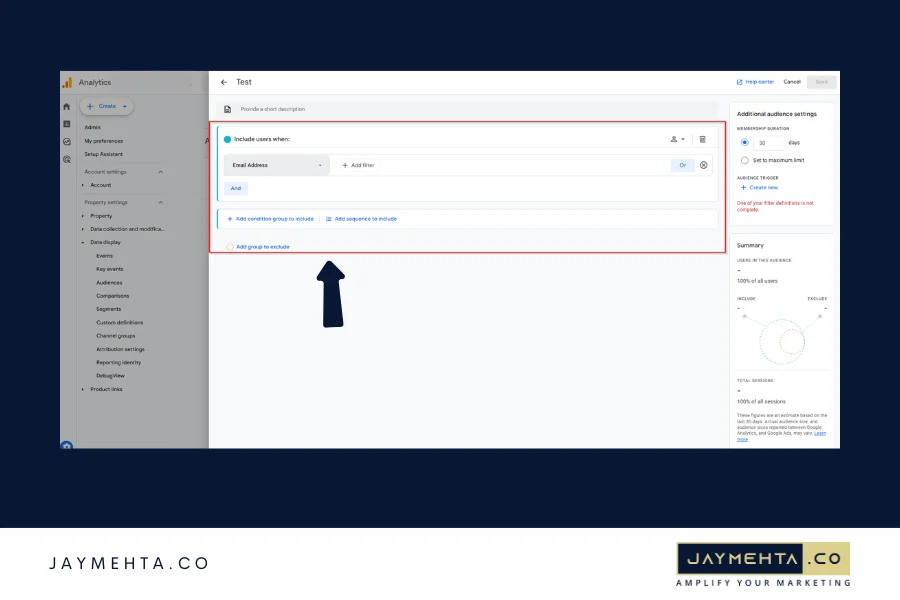
-
For example: Select users based on demographics, engagement, or transaction history.
-
-
Use First-Party Data like email addresses or phone numbers from your CRM.
-
-
Import Data into Google Ads
-
Link your GA4 property to your Google Ads account.
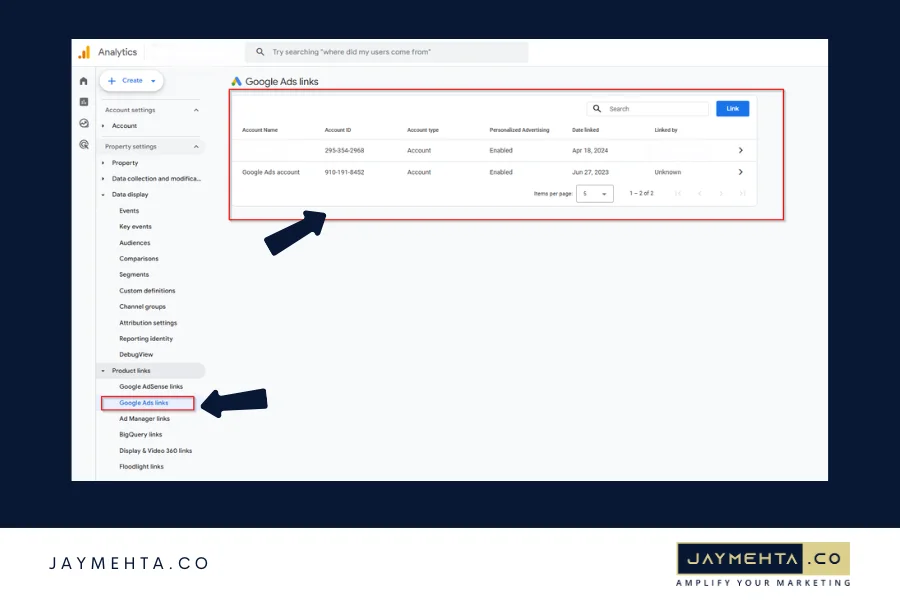
-
Go to Tools & Settings > Shared Library > Audience Manager in Google Ads.
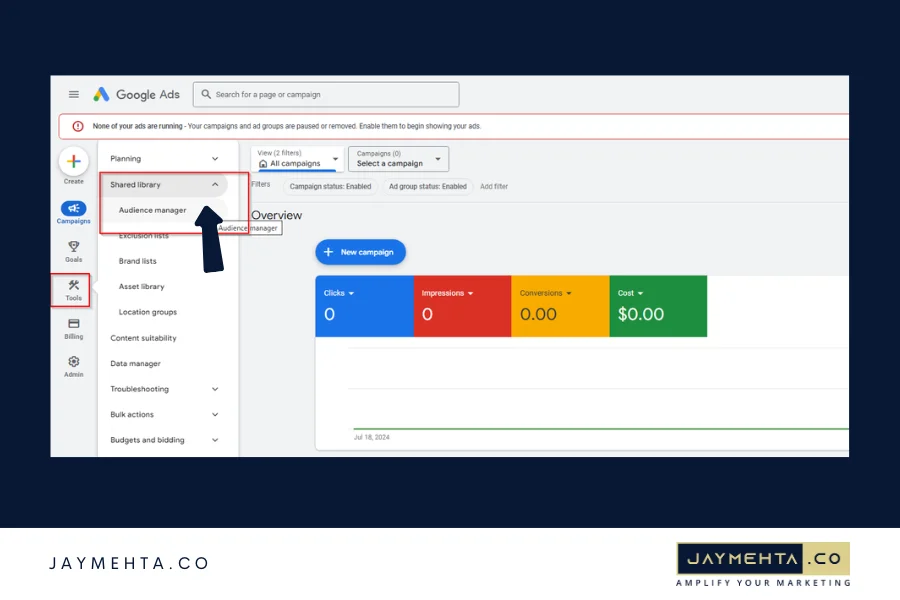
-
Click on Upload Data File to upload your list with hashed data (emails, phone numbers, etc.).
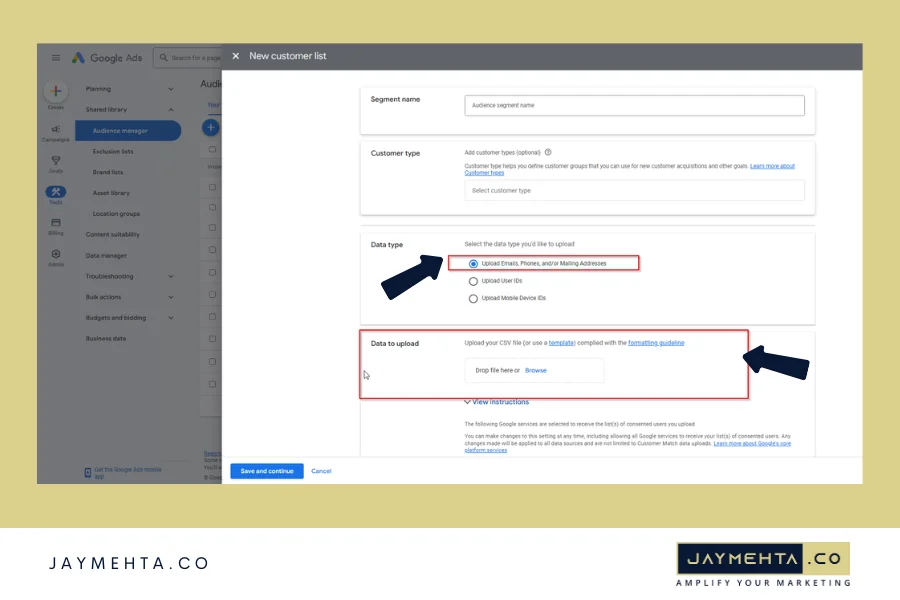
-
-
Verify and Activate Your Audience
-
Ensure that the audience criteria match your campaign’s goals.
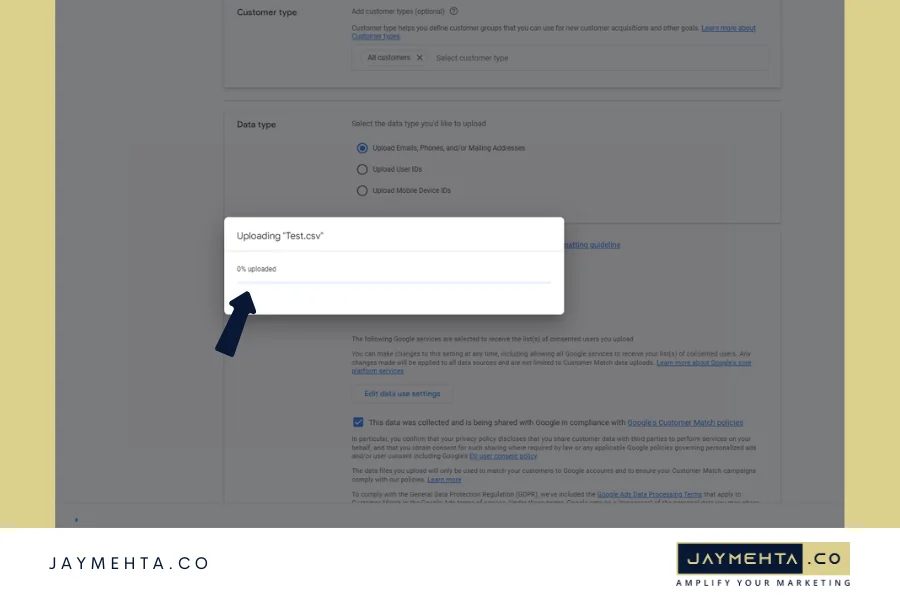
-
Once verified, the list will automatically sync with Google Ads for targeting.
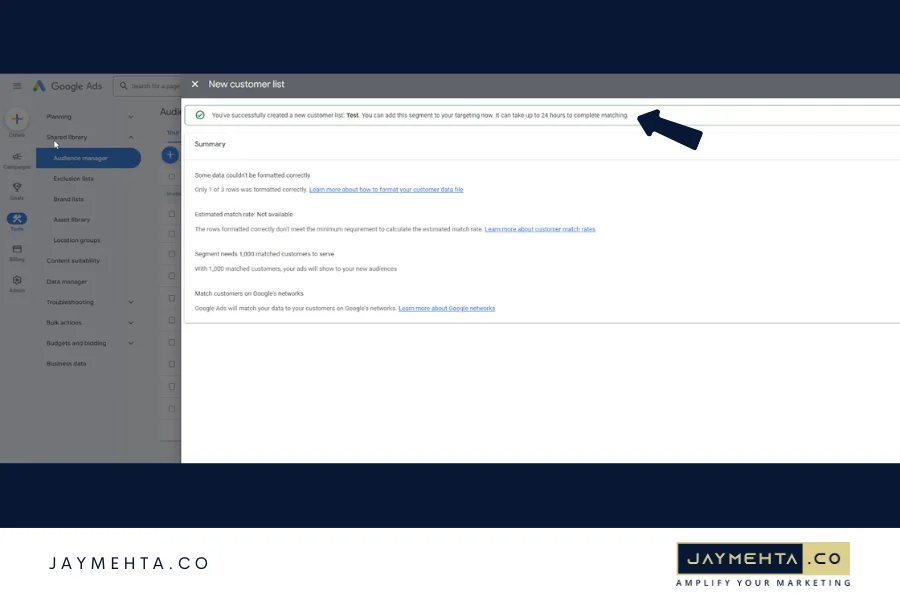
Best Practices for Customer Match Lists
-
Data Accuracy: Ensure your data is clean and up to date for better match rates.
-
Privacy Compliance: Follow GDPR, CCPA, and other privacy laws when using customer data.
-
Segmentation: Create separate lists for prospects, repeat customers, and inactive users for tailored targeting.
-
-
The Road Ahead for Marketers
As third-party cookies phase out, businesses must pivot quickly to embrace first-party data. Google’s Customer Match in Analytics provides a robust framework for this transition, enabling marketers to maintain effective targeting while prioritizing user privacy.
This update isn’t just a response to regulatory changes—it’s a proactive step toward a more sustainable and privacy-focused digital ecosystem.
Final Thoughts
Google’s First-Party Data Solution is a powerful tool for navigating the challenges of the cookieless future. By integrating first-party data into analytics and advertising strategies, businesses can drive meaningful results while staying compliant with privacy standards.
Ready to future-proof your marketing strategy? Start implementing Google’s First-Party Data Solution today and lead the way in this new era of privacy-first analytics.
FAQs: Everything You Need to Know About Google’s First-Party Data Solution
What is first-party data?
First-party data is information collected directly from users by a business through its website, apps, or other customer interactions. This includes data like email addresses, phone numbers, purchase history, and behavioral data collected with user consent.
Why is Google phasing out third-party cookies?
Google is phasing out third-party cookies to prioritize user privacy and comply with stricter regulations like GDPR and CCPA. Third-party cookies are often seen as intrusive since they track users across websites without explicit consent.
What makes Google Analytics’ Customer Match different from Google Ads’ version?
The main difference lies in automation and scalability. Google Analytics’ Customer Match allows businesses to use first-party data automatically without manually uploading CSV files, making audience targeting more seamless across multiple campaigns.
How does Customer Match ensure privacy compliance?
Customer Match uses a hashed format to anonymize user data, ensuring sensitive information remains secure and adheres to privacy regulations.
Can small businesses benefit from Google’s First-Party Data Solution?
Yes, small businesses can use first-party data to build targeted, compliant advertising strategies. Tools like Google Analytics and Customer Match make it easy for businesses of all sizes to compete in the digital marketplace.
Is Customer Match compatible with all Google Ads campaigns?
Currently, Customer Match is available for YouTube campaigns, but Google plans to expand its compatibility to Search and in-feed ads.
How can I start using Customer Match in Google Analytics?
To get started, enable data collection in GA4, link your Google Analytics account with Google Ads, and activate personalized advertising. Once set up, Customer Match will automatically integrate into your campaigns.

